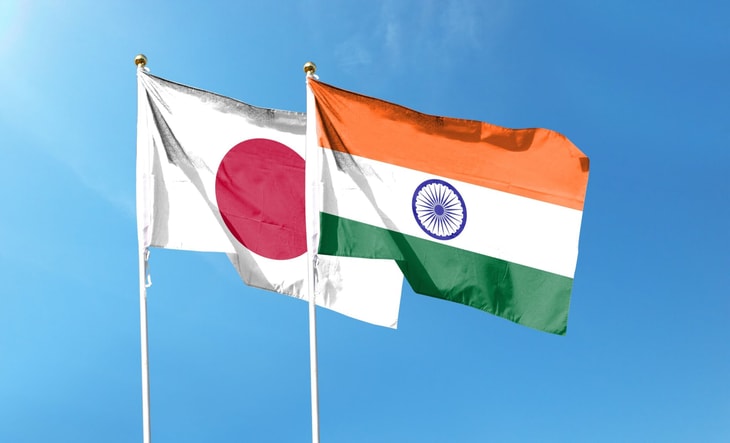India has signed its first agreement for the export of green ammonia from India to Japan marking a key milestone in its green hydrogen, ammonia and decarbonisation strategy.
The Heads of Terms (HoT) agreement was signed between Sembcorp Industries, Sojitz Corporation, Kyushu Electric Power Co., and NYK Line.
Singapore-headquartered Sembcorp Industries will lead the production of green ammonia in India, using renewable energy.
Kyushu Electric Power Co. has committed to integrating green ammonia into its energy mix, partially replacing coal consumption at their thermal power plants in Japan, while Sojitz Corporation will act as the business intermediary, facilitating the connection between the ammonia producer and the offtaker. NYK Line will oversee the maritime transport between the two countries.
... to continue reading you must be subscribed







